Cai Guo-Qiang’s VR fireworks bring together advanced technology and traditional craft
Sleepwalking in the Forbidden City is the Chinese artist's first virtual reality work, created in collaboration with HTC Vive Arts, a colourful daytime fireworks performance with a surprising physical dimension

With gunpowder as his medium and the sky as his canvas, Cai Guo-Qiang has created ambitious installations that defy the limits of human imagination. His greatest hits include a transient rainbow glistening over New York’s East River, an enormous explosion of colour above Shanghai, and an illuminated ladder soaring 500m from his hometown of Quanzhou into the heavens. Given this track record, one wonders what he would have to gain from venturing into virtual reality – a technology that has helped many artists realise ideas that can’t (yet) be given physical form, but whose results often pale in comparison to IRL experiences.
With Sleepwalking in the Forbidden City, we now have our answer. Created in partnership with HTC Vive Arts and debuted last week at the Palace Museum in Beijing, it is the Chinese artist’s first virtual reality artwork, and the grand finale of a solo exhibition that coincides with the 600th anniversary of the palace complex. Like Cai’s most memorable pieces, this new artwork is limited in duration, with a run time of only five minutes. But it packs a visual punch, and more importantly, breaks new ground for how its medium can be used.
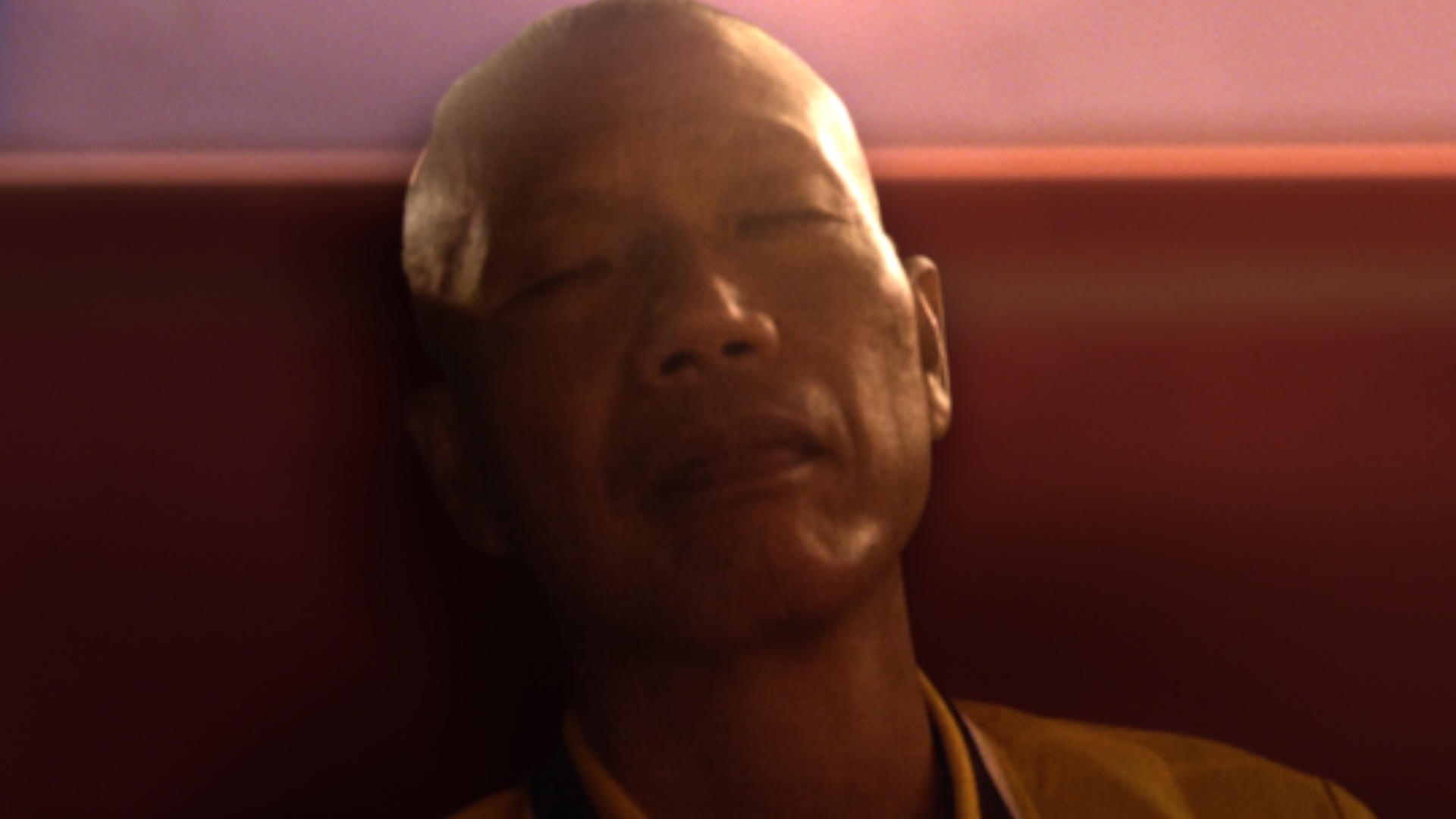

Above, the opening scene of the VR work Sleepwalking in the Forbidden City, showing artist drifting into slumber; Below, the viewer is transported into Cai's dreams through the entrance tunnel of the former imperial palace, as seen in the title card.
As we put on our VR headsets, we see the artist drifting into slumber. We are transported into his dreams, where he pursues a cat that is darting into the palace grounds, towards a blinding light at the end of the entrance tunnel. The Hall of Supreme Harmony – the most impressive building within the complex – comes into view, but its distinctive red walls and golden roof tiles, as well as the adjoining stone courtyard, are all white as snow, as though in an architectural rendering. Then a burst of gunpowder brings a splash of yellow to the clear blue skies and disperses a flock of crows.
So begins a daytime fireworks display that brings the Forbidden City to life, inspired by the fireworks historically held at the site to mark the Lunar New Year. We see gunpowder shoot up from every corner, creating colourful trails of smoke and bright sparks, then raining vivid pigments over the palace complex. Alternating between the viewpoint of the cat (pouncing across the rooftops) and a rapidly shifting birds-eye view, we see colours released into the sky one by one, then all at the same time, layering together into one kaleidoscopic display that stretches as far as the eye can see. A fittingly grand performance for a historical seat of power, it gives us a glimpse of the awesome might that ancient Chinese emperors must have felt.
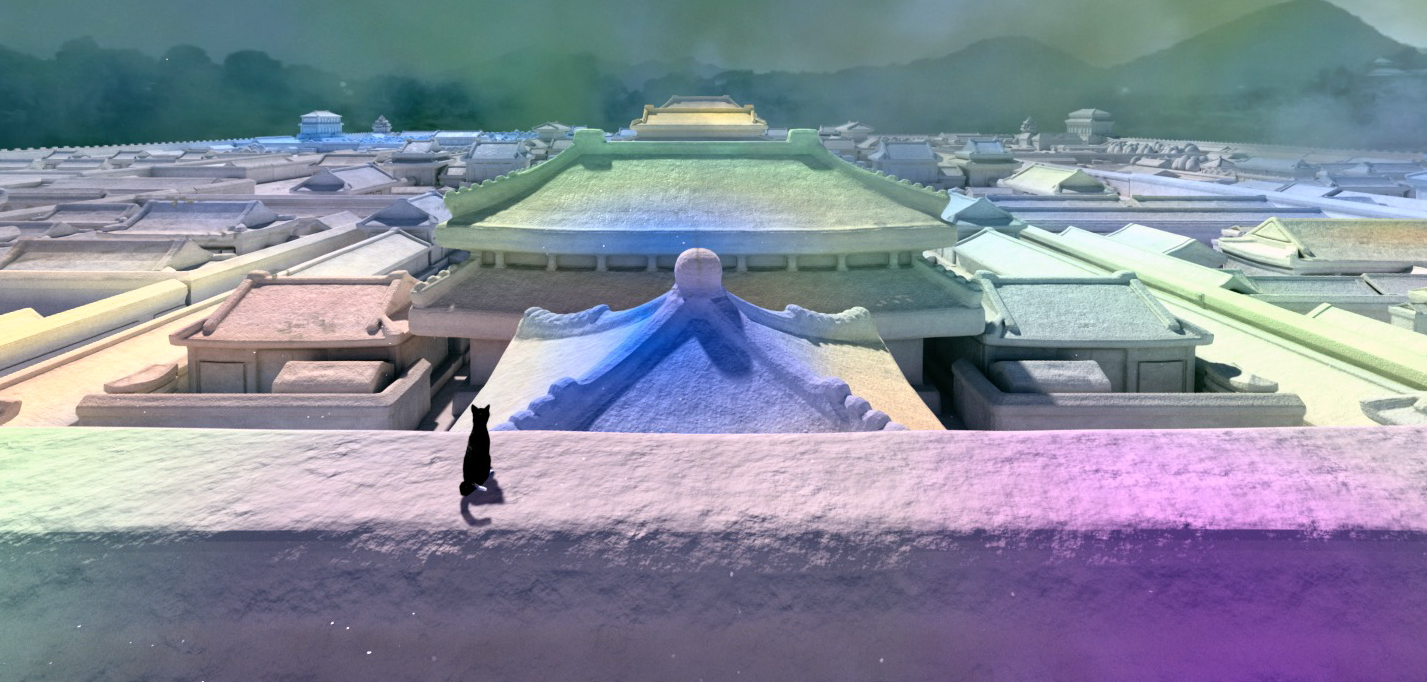

Stills from the VR work Sleepwalking in the Forbidden City, in which viewers can explore the Forbidden City and Cai Guo-Qiang's daytime fireworks display from multiple perspectives, include those of a cat on the imperial palace rooftops and a crow soaring above the coloured smoke.
For an artist who once oversaw the pyrotechnics of the Beijing Olympics’ opening and closing ceremonies, Sleepwalking in the Forbidden City is not exactly a breakthrough in scale or location. But what it offers is a newfound range of perspectives, allowing us to experience fireworks in a whole new way. As the artist explains, the use of virtual reality ‘highlights the senses unique to one’s experience of fireworks – the feelings of losing control, of danger, tension, and excitement’. To witness the display from multiple angles in quick succession, and even hurtle mid-air through clouds of colourful smoke is a cathartic experience distinct from IRL viewing. It offers a spectacle of a new sort.
And what makes Sleepwalking in the Forbidden City truly unique is the way it was created. We might mistakenly assume that Cai relied on 3D animation software, which these days can create images that are virtually indistinguishable from reality. In fact he wanted to avoid the kind of computer-generated effects associated with Hollywood movies, believing that they lacked in ‘warmth’ and ‘animalistic energy’. So he commissioned the artwork’s components in real life and went about filming them, bringing an analogue dimension to what is often a purely digital medium.


Above, artisans in Cai Guo-Qiang's hometown, creating the alabaster model of the Forbidden Palace for the artist's VR artwork. Below: the alabaster model ablaze with fireworks. , courtesy Cai Studio
Craftsmen from his hometown of Quanzhou, where Cai had launched his career-defining Sky Ladder five years ago, spent five months painstakingly creating a model of the Forbidden City in alabaster. What we see through our VR headsets is in fact an intricate 3D scan of the model, with its handcrafted textures, rather than a mere rendering. (The model has been included in the Palace Museum exhibition to clue viewers into the physicality of the production process). ‘I believe that for certain works, I shouldn’t use the cleverest way [of making],' explains Cai.
Sometimes works must be born from time-consuming and humble processes to naturally generate their energy and character.
The colourful fireworks are likewise real, launched in full scale by the Liuyang River and then filmed in 360 degrees so they can be viewed in virtual reality. It’s a staggeringly expensive endeavour, but one that Cai considers worthwhile. When he first decided to experiment with VR, he had doubted whether it would work with his temperament – ‘it led me to a more controlled and less direct way of creation, not the kind of direct, powerful dialogues with heaven and earth that I aspire to conduct,’ he recalls. The physical fireworks display is his way of compensating for this predictability – unlike animated fireworks, where every blast has to be modelled with mathematical precision, the real thing comes with an element of chance, a capacity for emotion, and the ability to surprise even its creator. He hopes ‘people might feel that this VR work is a little wild.’
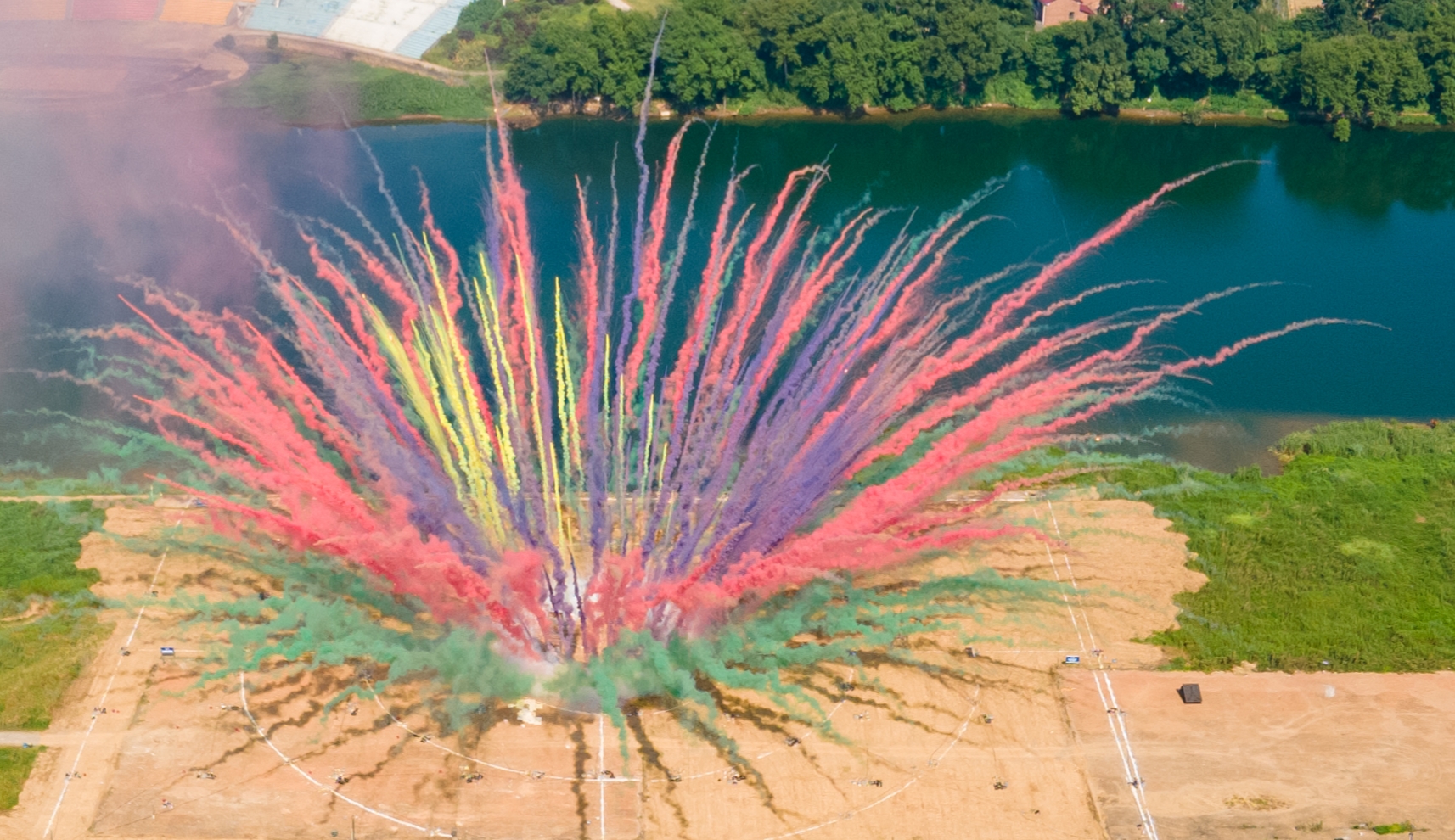
A post shared by Cai Guo-Qiang 蔡國強 (@caistudio)
A photo posted by on
Above: Cai commissioned a full-scale fireworks display in Liuyang, China which was filmed to create Sleepwalking in the Forbidden City. courtesy Cai Studio. Below: as posted on Cai's Instagram, the artist witnessing the physical fireworks display in Liuyang
Also important is the fact that Cai was able to involve artisans whose expertise is increasingly marginalised by the forward march of technology. Sleepwalking in the Forbidden City amplifies their work and gives them a rare opportunity to be a part of something that feels very much from the future. Cai likens the new piece to his ‘Peasant da Vincis’ project from the early 2000s, where he collected ambitious engineering projects by common Chinese amateurs, starting with a homemade submarine by a farmer in Anhui province. Then as now, Cai pays homage to the pioneering spirit and remarkable craft of ordinary Chinese people.
‘I’m interested in grafting different mediums and merging diverse languages together, not minding the final results’ rawness and contradiction,’ Cai concludes. ‘What’s important is that the work must convey a concept and attitude.’
Published exclusively on wallpaper.com, a one-minute preview of Cai Guo-Qiang’s first virtual reality artwork, Sleepwalking in the Forbidden City. Courtesy Cai Studio
VR film direction by Shanshan Xia, with consulting director Lei Chen
CGI animation by Beijing Blackbow
360 degree film shot by Shanghai Leshan Information Technology
Alabaster model of the Forbidden City handcrafted by Quanzhou Xinwen Craft
Fireworks executed by Liuyang Tang Hua
Created in partnership with HTC VIVE Arts
INFORMATION
Sleepwalking in the Forbidden City was created in partnership with HTC Vive Arts. arts.vive.com
It is on view at the Palace Museum, Beijing as part of Cai Guo-Qiang’s solo exhibition, ‘Odyssey and Homecoming’, curated by Simon Schama. Until 5 February 2021.
Receive our daily digest of inspiration, escapism and design stories from around the world direct to your inbox.
TF Chan is a former editor of Wallpaper* (2020-23), where he was responsible for the monthly print magazine, planning, commissioning, editing and writing long-lead content across all pillars. He also played a leading role in multi-channel editorial franchises, such as Wallpaper’s annual Design Awards, Guest Editor takeovers and Next Generation series. He aims to create world-class, visually-driven content while championing diversity, international representation and social impact. TF joined Wallpaper* as an intern in January 2013, and served as its commissioning editor from 2017-20, winning a 30 under 30 New Talent Award from the Professional Publishers’ Association. Born and raised in Hong Kong, he holds an undergraduate degree in history from Princeton University.
-
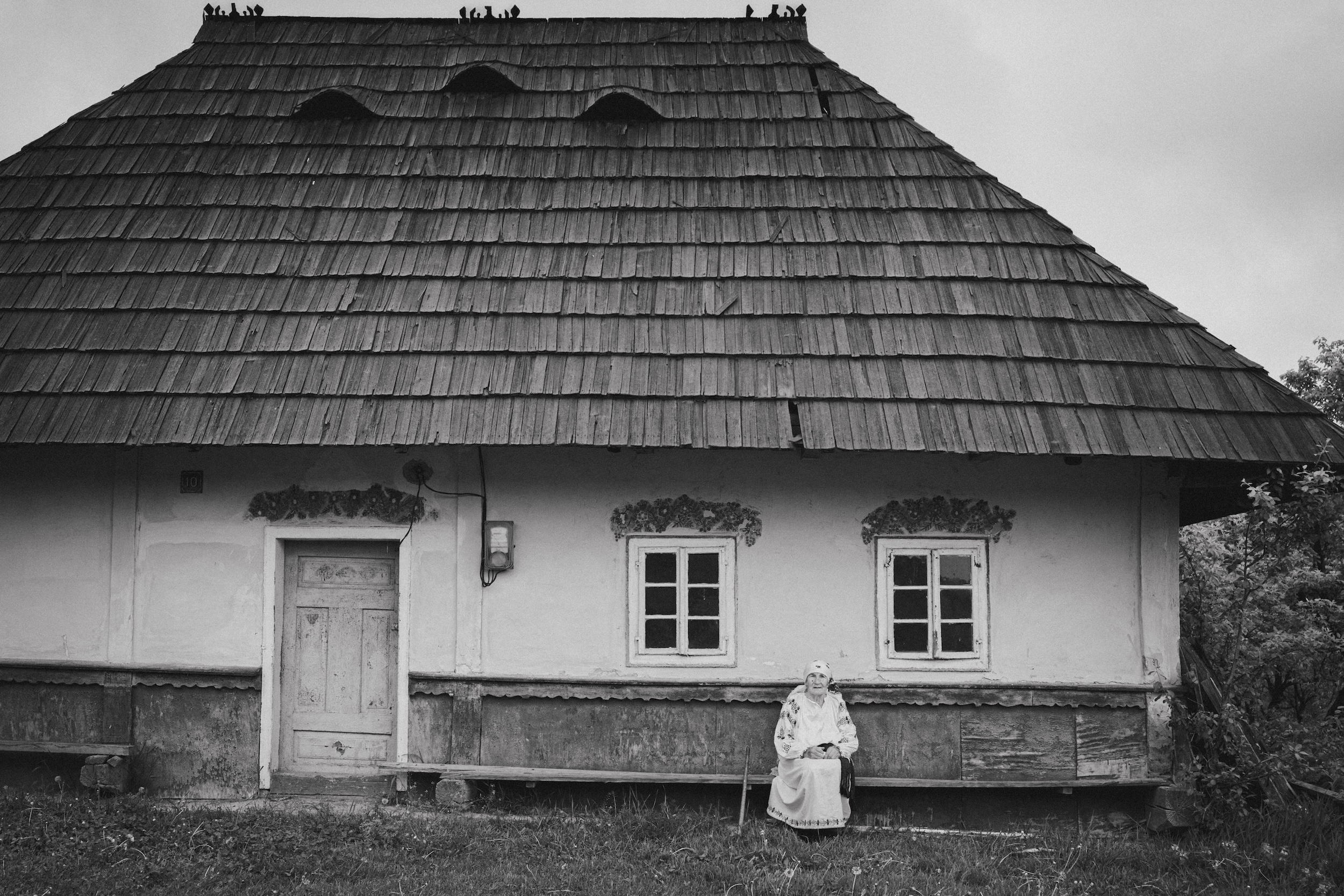 This designer is revitalising the lost folk tradition of Ukraine’s painted cottages
This designer is revitalising the lost folk tradition of Ukraine’s painted cottagesThrough gleaming hammered-steel panels, Victoria Yakusha is opening a dialogue about ancestral memory, craft and womanhood
-
 Lind Canvas is a new electric surfboard extending surf beyond the wave
Lind Canvas is a new electric surfboard extending surf beyond the waveSwedish minimalism meets California cool with Lind’s new electric surfboard, promising the feeling of a never-ending wave. Wallpaper* heads to the Swedish archipelago to try it out
-
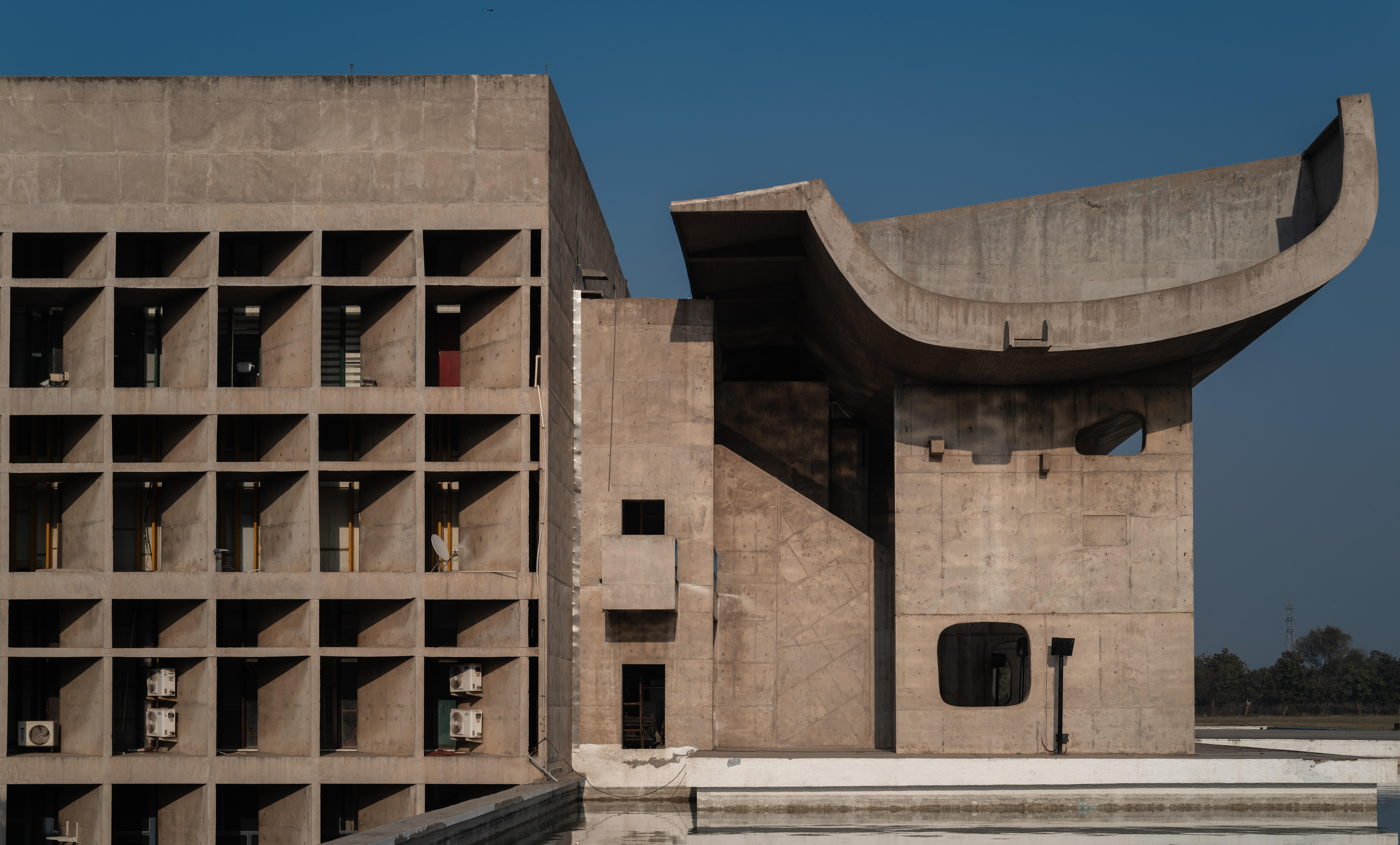 A guide to modernism’s most influential architects
A guide to modernism’s most influential architectsFrom Bauhaus and brutalism to California and midcentury, these are the architects who shaped modernist architecture in the 20th century
-
 What is RedNote? Inside the social media app drawing American users ahead of the US TikTok ban
What is RedNote? Inside the social media app drawing American users ahead of the US TikTok banDownloads of the Chinese-owned platform have spiked as US users look for an alternative to TikTok, which faces a ban on national security grounds. What is Rednote, and what are the implications of its ascent?
-
 Cui Jie revisits past utopian architectures in her retro-futuristic cityscapes
Cui Jie revisits past utopian architectures in her retro-futuristic cityscapesCui Jie responds to the ‘Cosmos Cinema’ theme of the Shanghai Biennale 2023
-
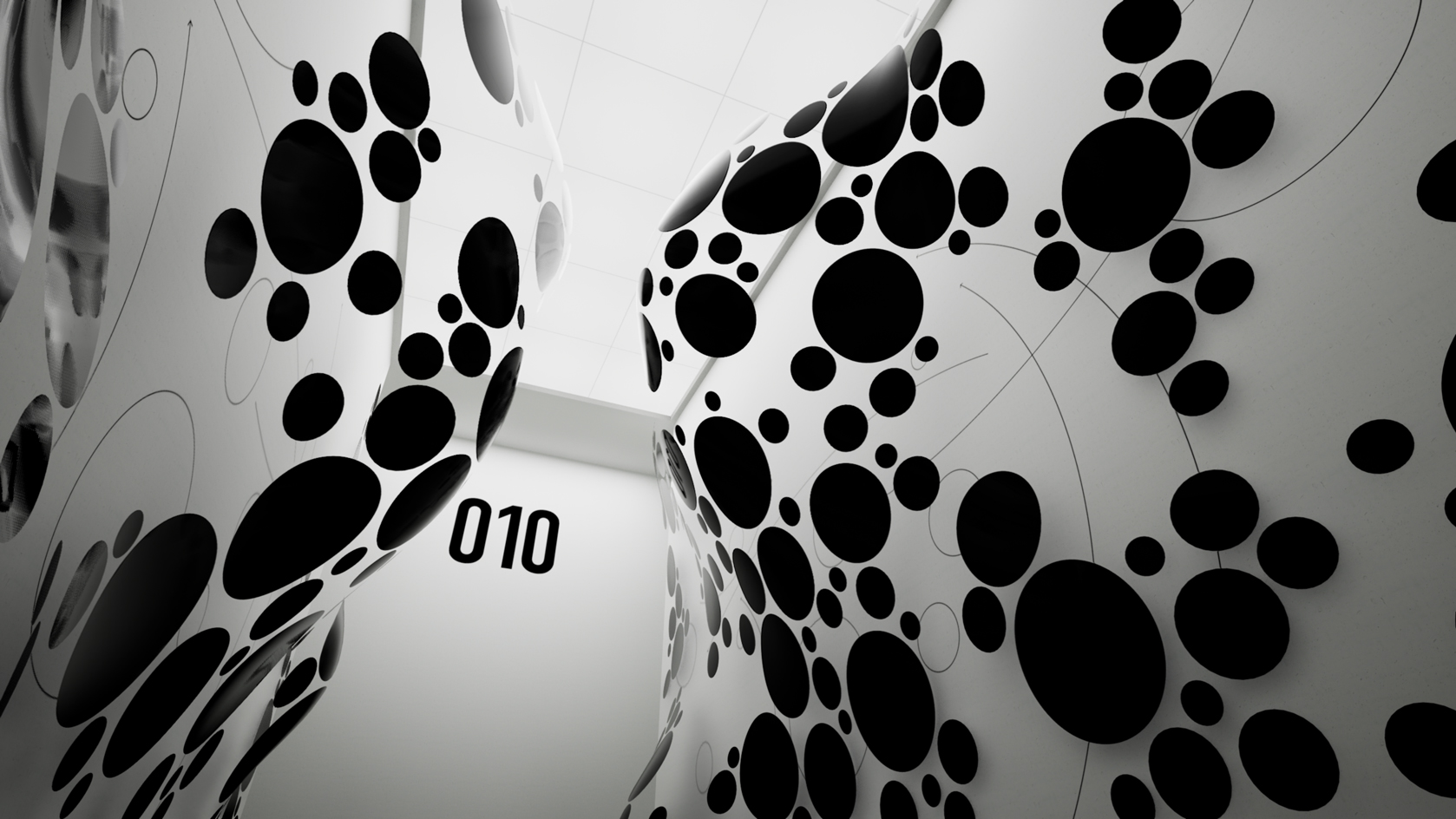 Maxim Zhestkov’s mindbending VR art museum functions like a video game
Maxim Zhestkov’s mindbending VR art museum functions like a video game‘Modules’ by digital artist Maxim Zhestkov is a VR art gallery where impossible physics feels palpable. We visit the artist’s London studio to experience the whole thing
-
 Julian Opie on VR, shuffle dancing and obsessive art collecting
Julian Opie on VR, shuffle dancing and obsessive art collectingArtist Julian Opie reflects on life, work and turning London’s Lisson Gallery into a playground of VR (until 15 April). We explore his new show and peek behind the scenes of his London studio
-
 Olafur Eliasson saturates Palazzo Strozzi in VR, illusion and Renaissance rationality
Olafur Eliasson saturates Palazzo Strozzi in VR, illusion and Renaissance rationalityIn ‘Nel Tuo Tempo’, a major show at Florence’s Palazzo Strozzi, Olafur Eliasson bends perceptions of Renaissance architecture through dazzling site-specific installations
-
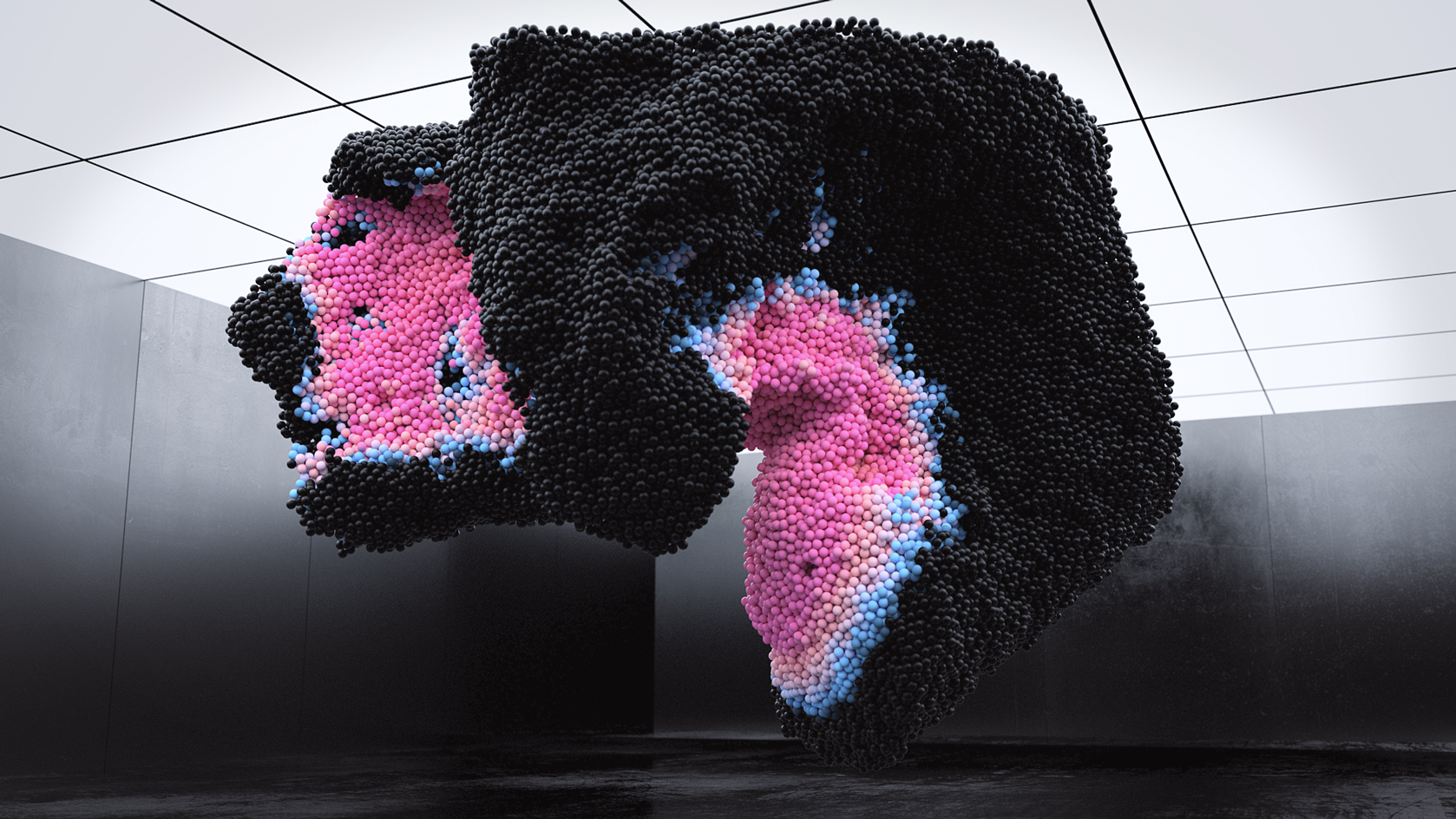 Maxim Zhestkov’s hypnotic digital art makes virtual worlds tangible
Maxim Zhestkov’s hypnotic digital art makes virtual worlds tangibleAhead of a major installation at London’s W1 Curates, digital artist Maxim Zhestkov discusses the creative potential in merging physical and virtual realities: ‘my work is about this thin membrane that separates us from the future’
-
 Artist Jakob Kudsk Steensen on how VR can bring us closer to nature
Artist Jakob Kudsk Steensen on how VR can bring us closer to natureDanish artist Jakob Kudsk Steensen leverages virtual reality technologies to reorient our relationship with the natural world.
-
 ‘A Show About Nothing’: group exhibition in Hangzhou celebrates emptiness
‘A Show About Nothing’: group exhibition in Hangzhou celebrates emptinessThe inaugural exhibition at new Hangzhou cultural centre By Art Matters explores ‘nothingness’ through 30 local and international artists, including Maurizio Cattelan, Ghislaine Leung, Hiroshi Sugimoto, Liu Guoqiang and Yoko Ono